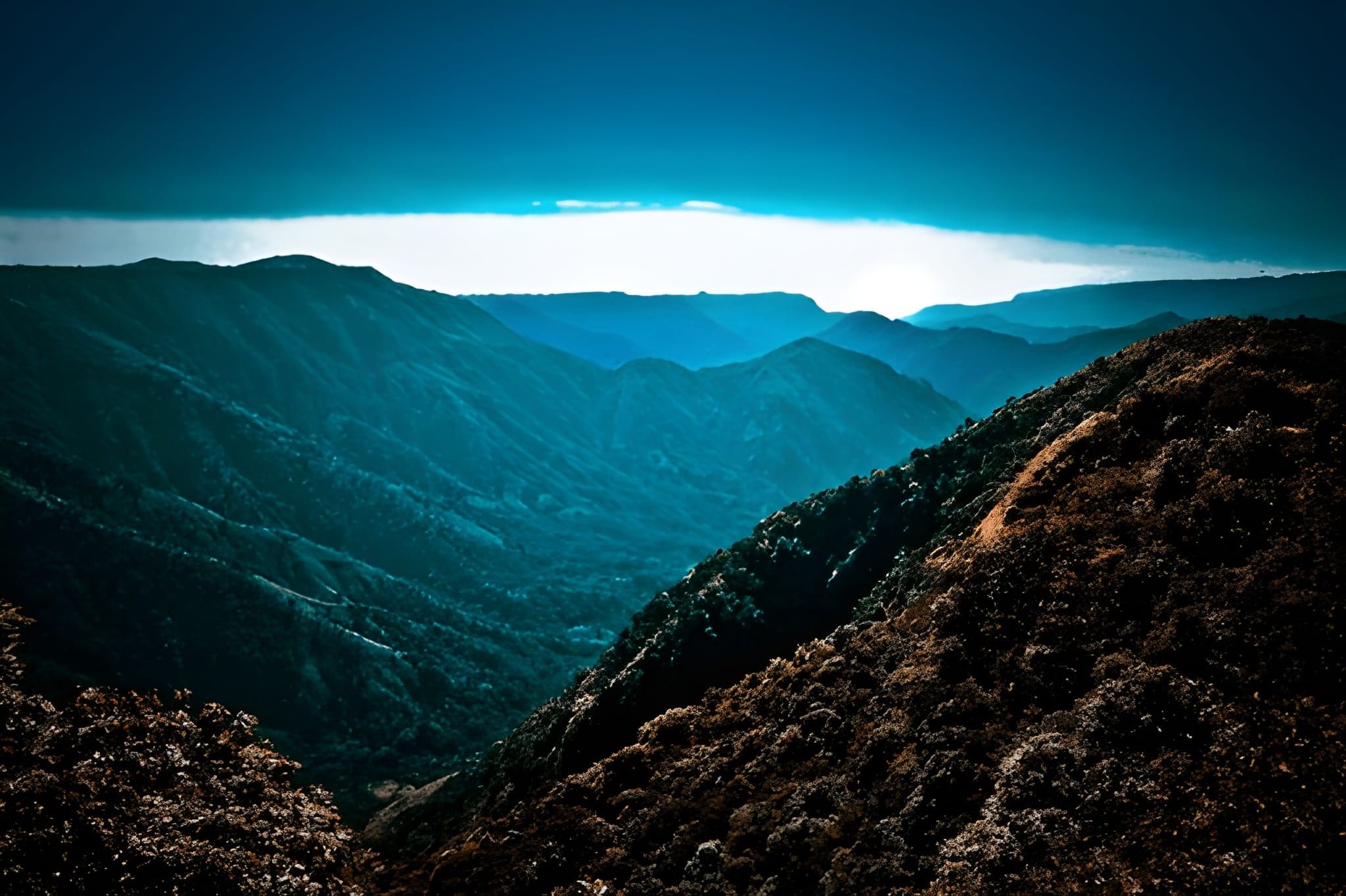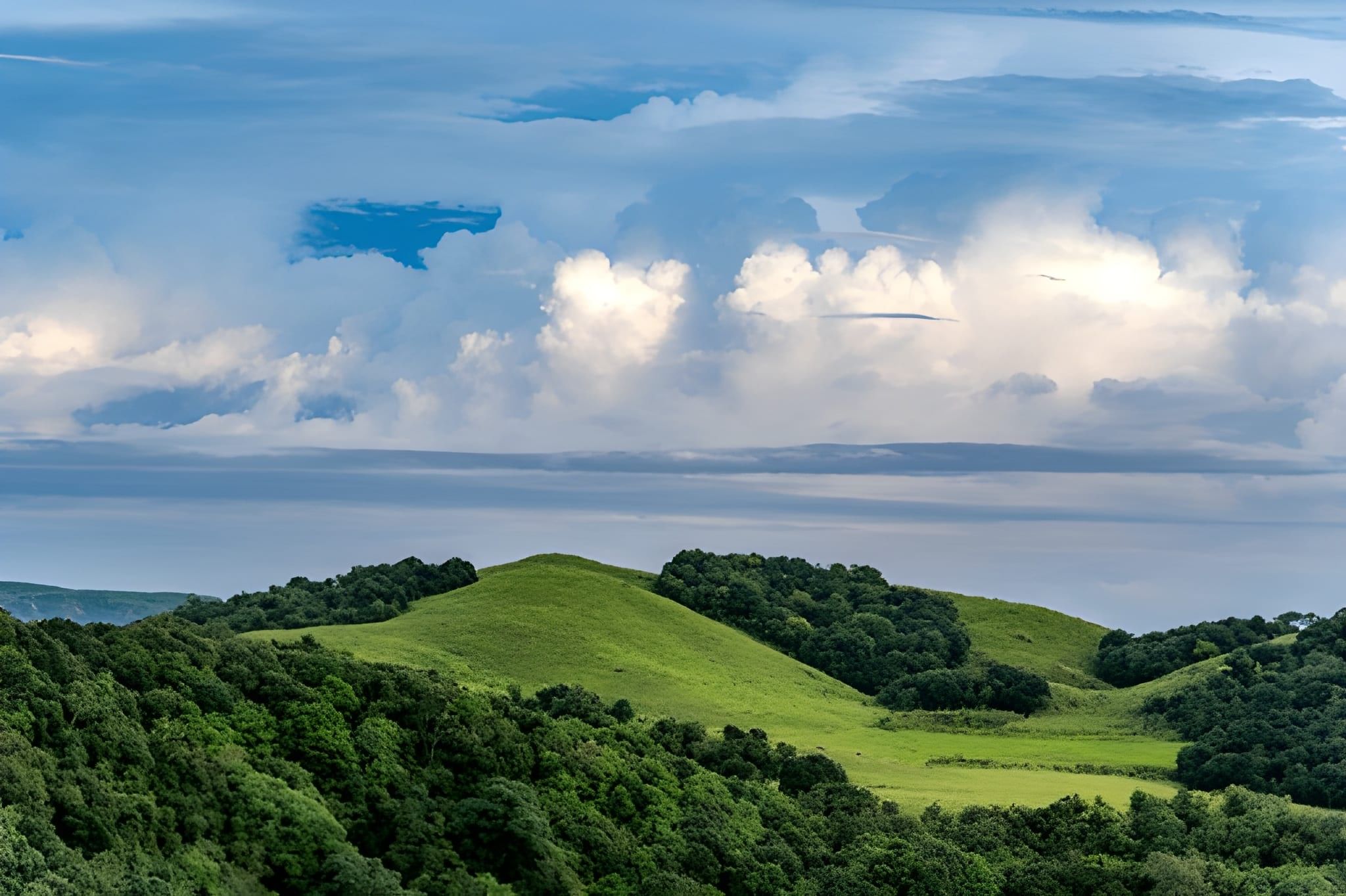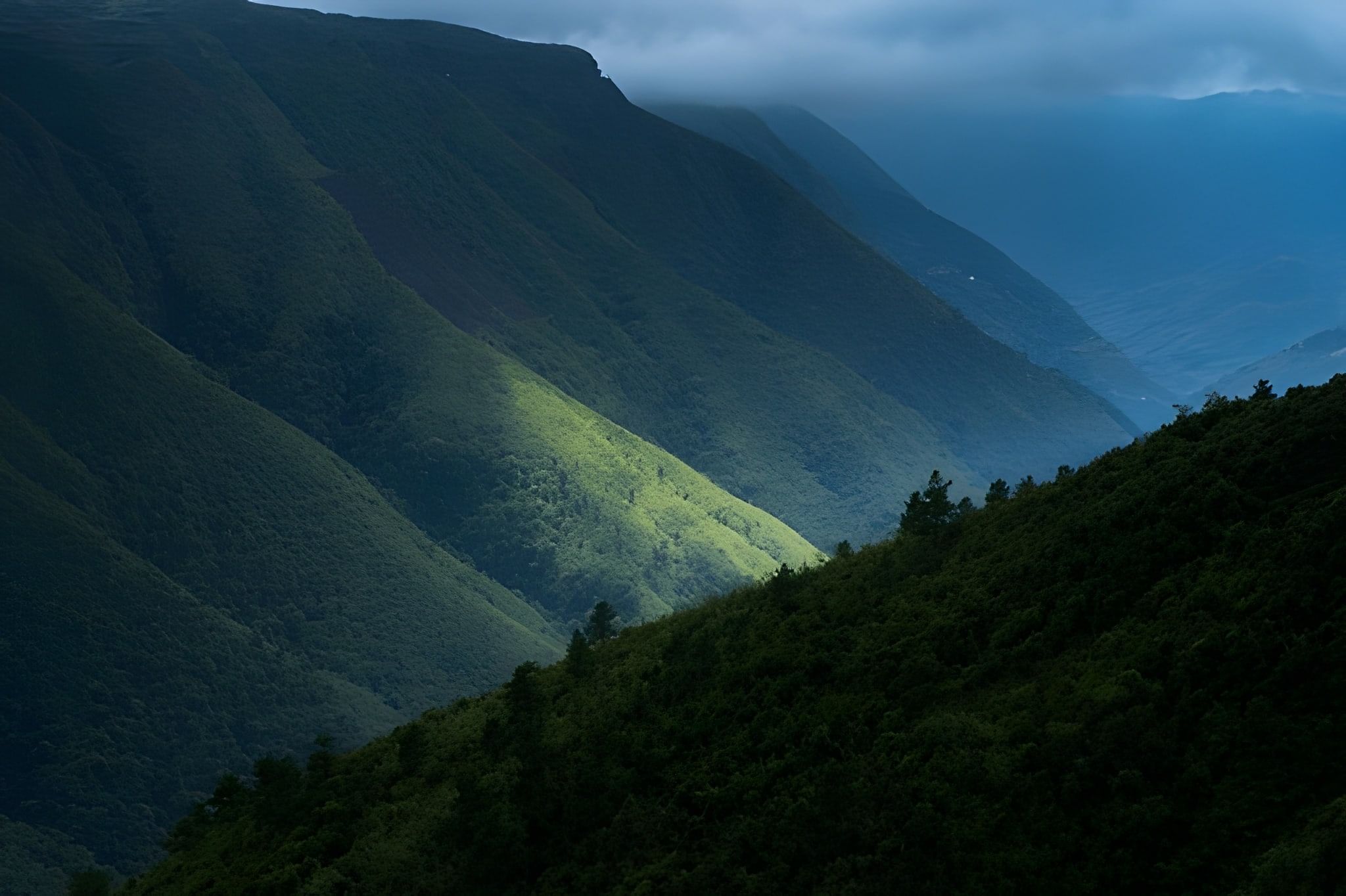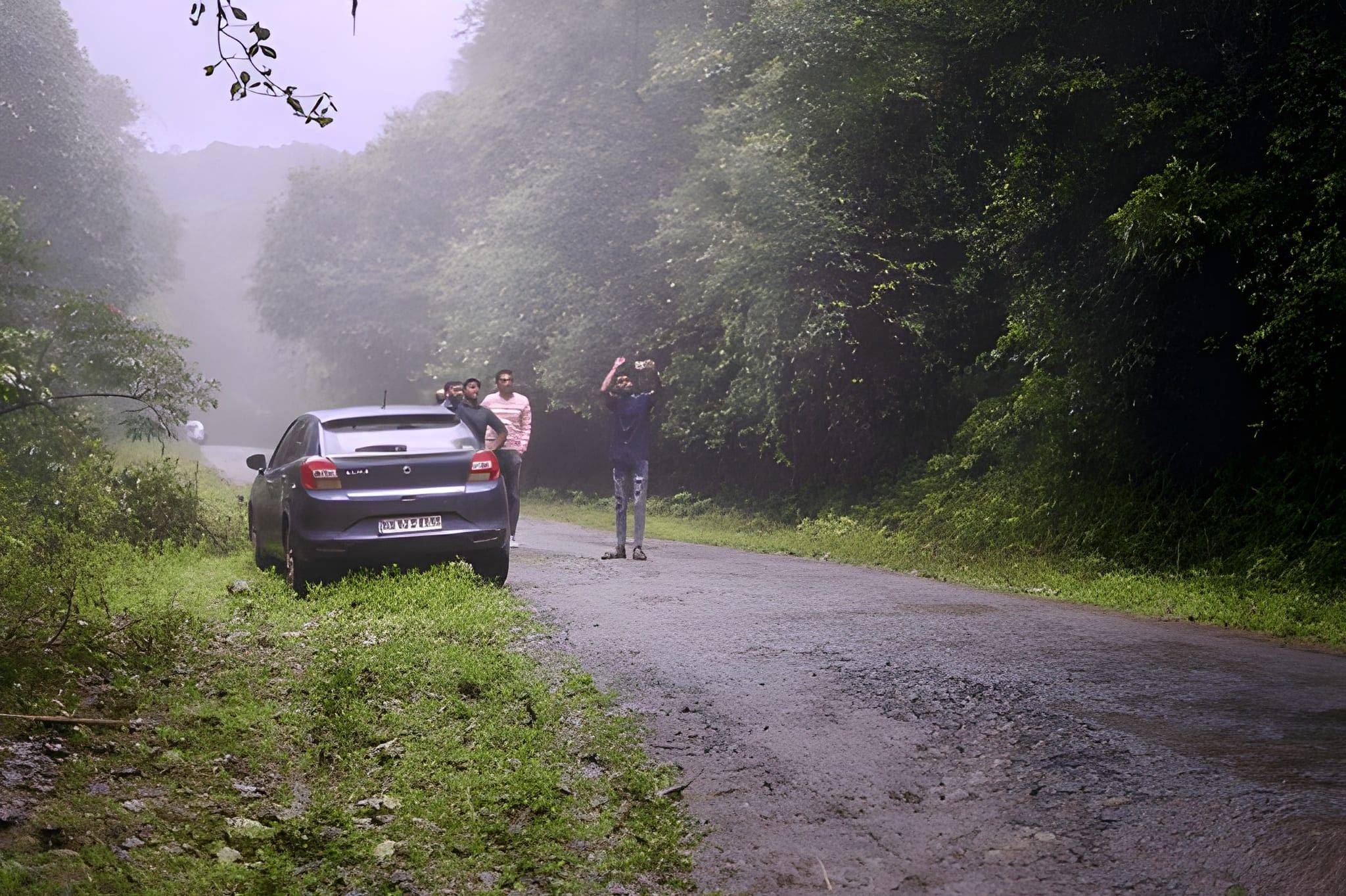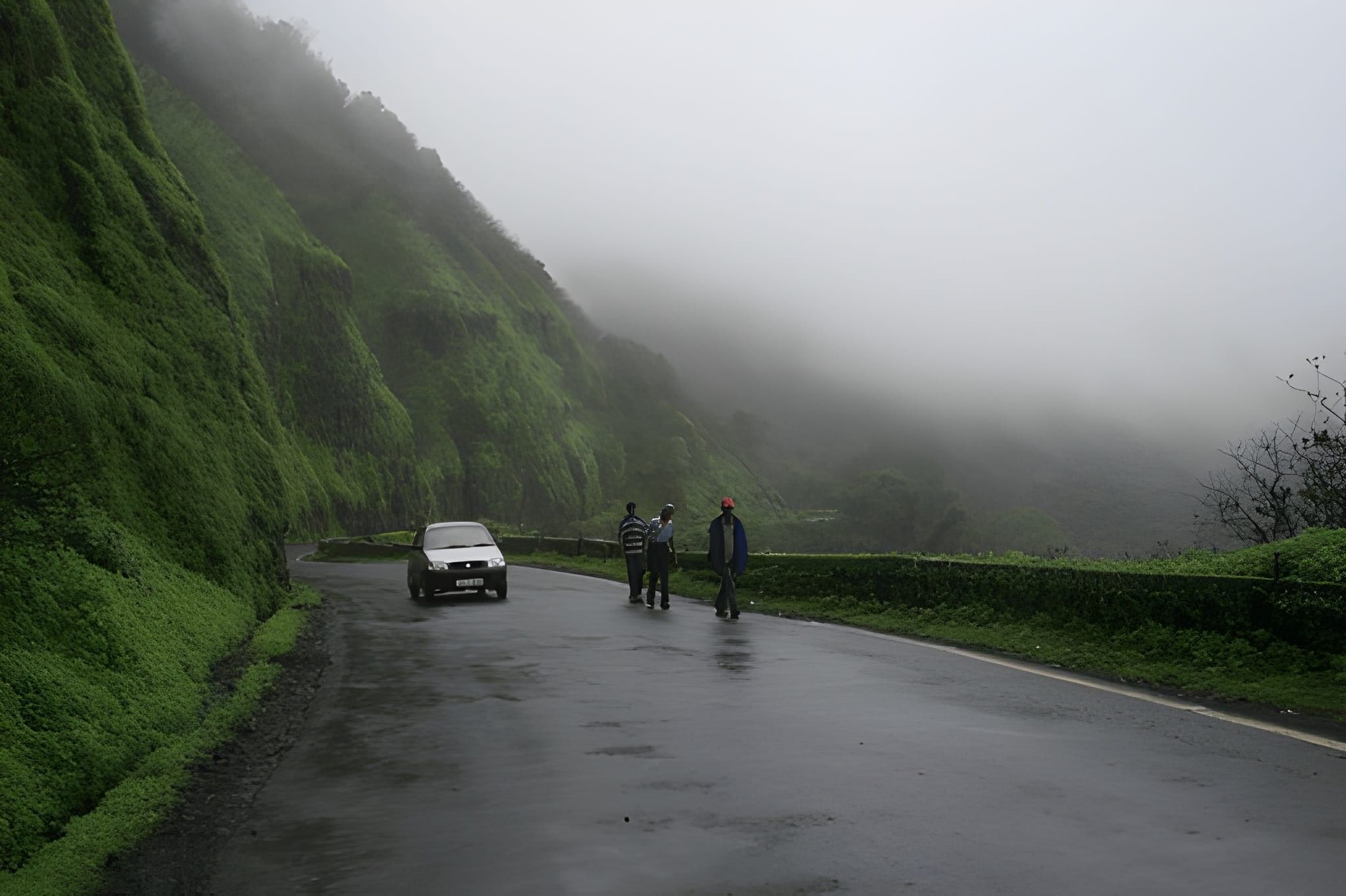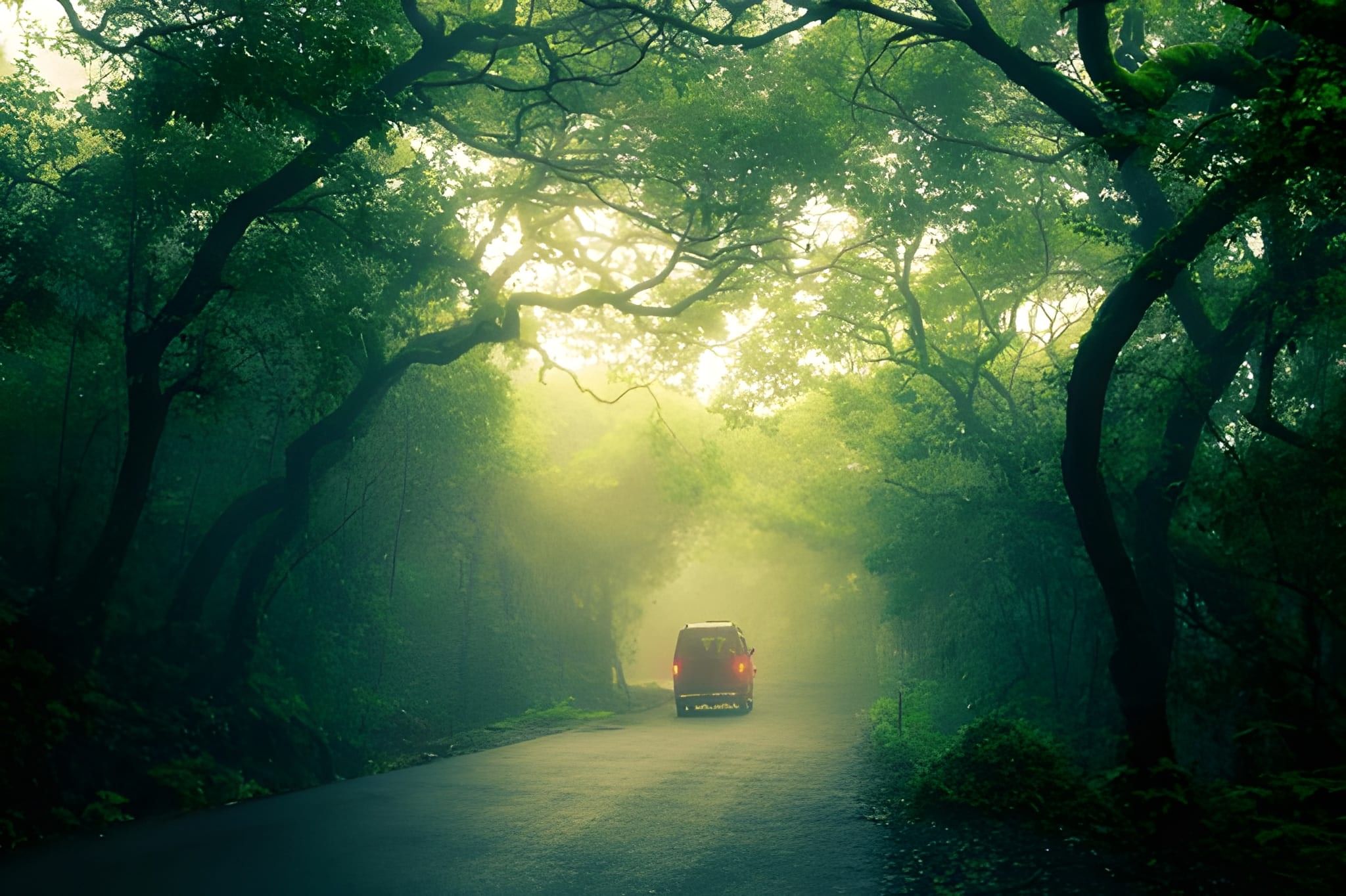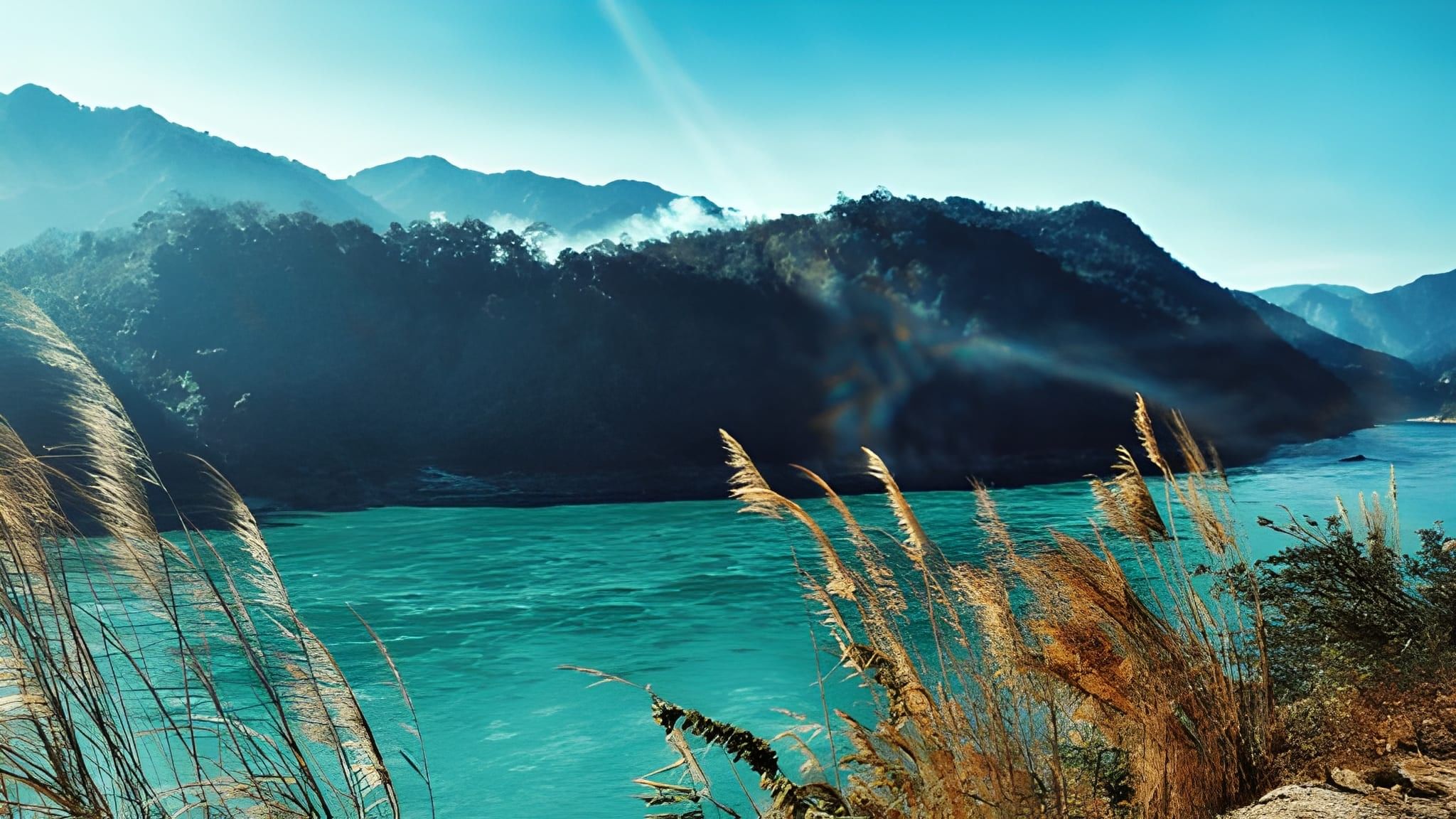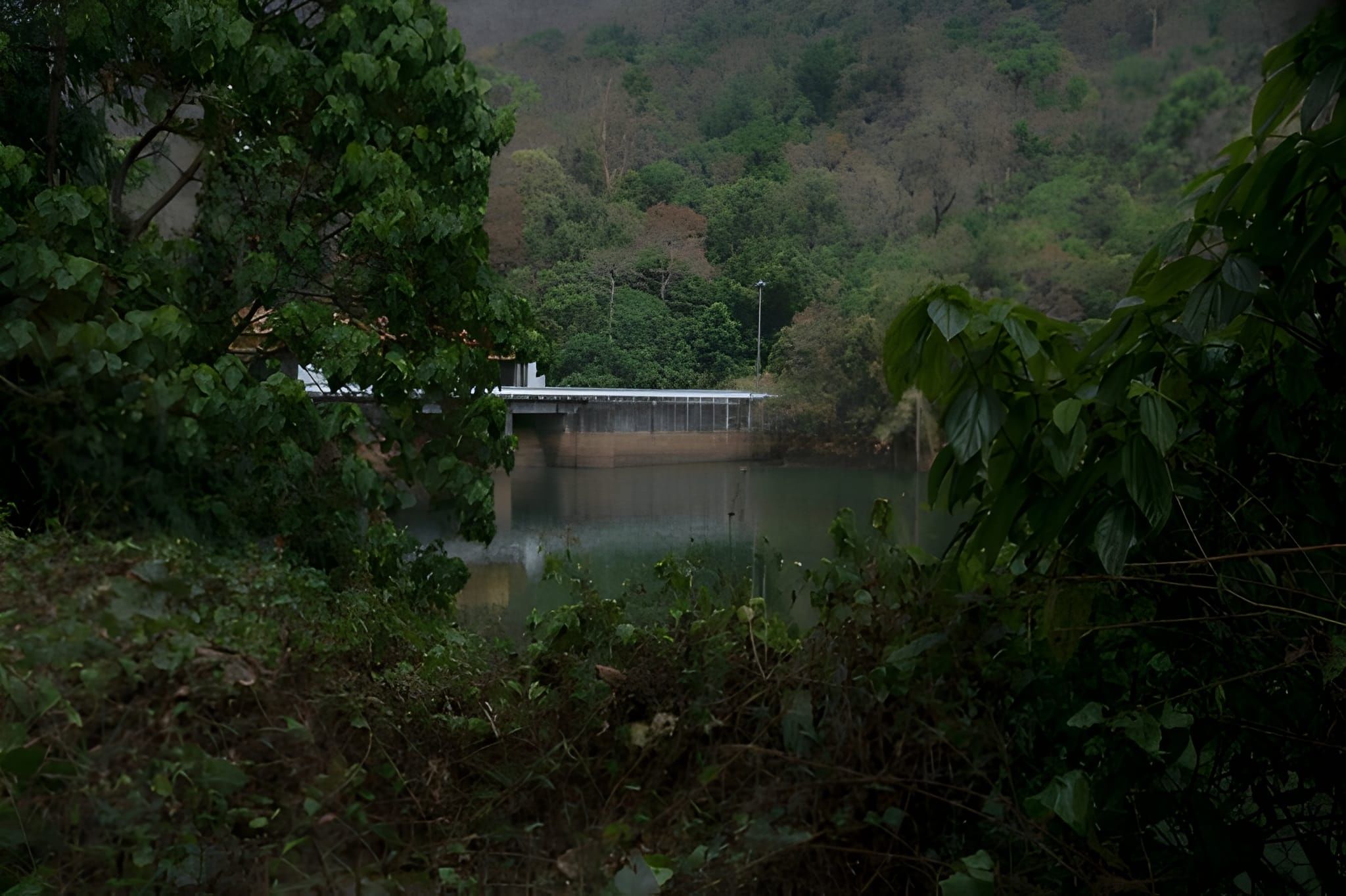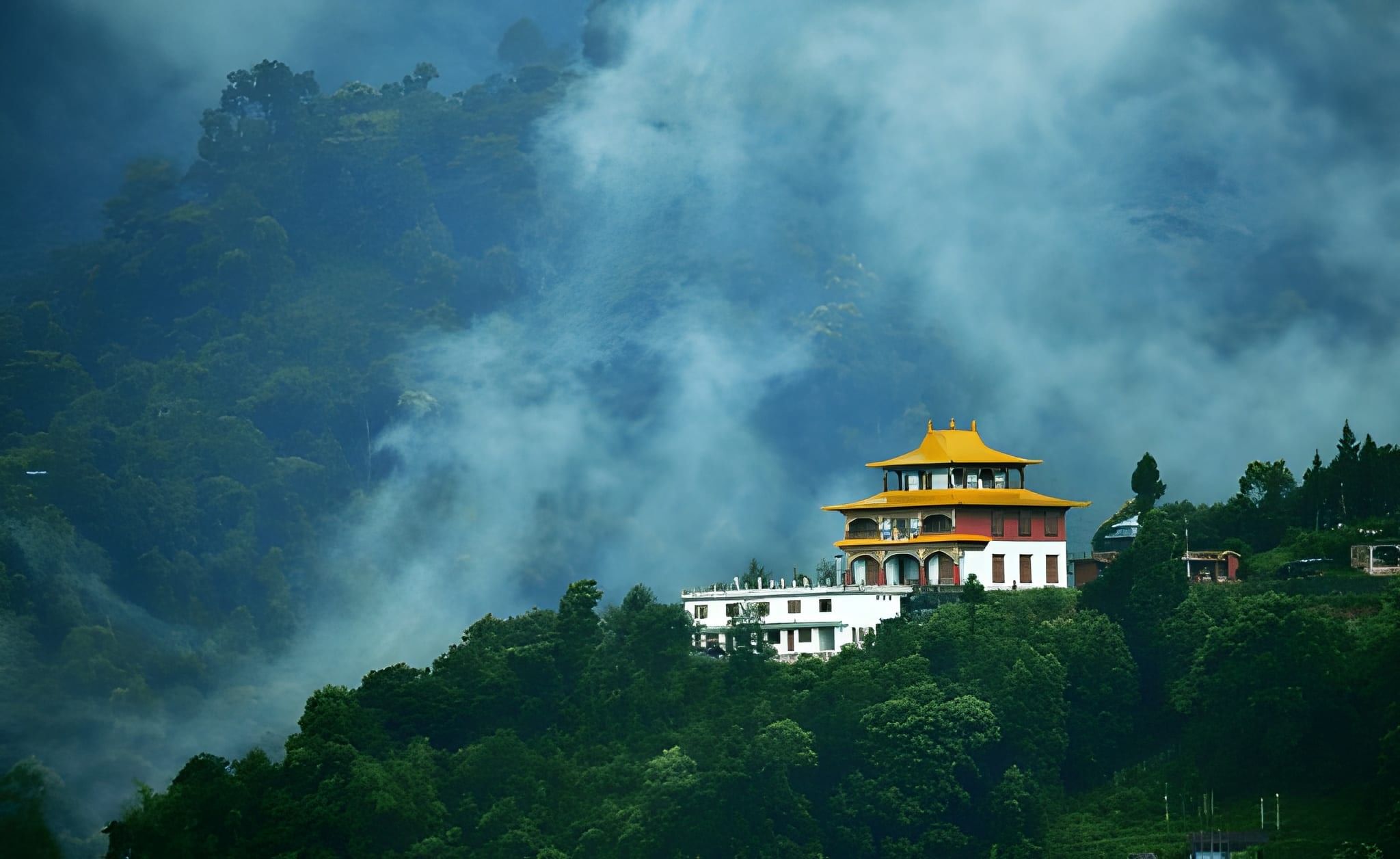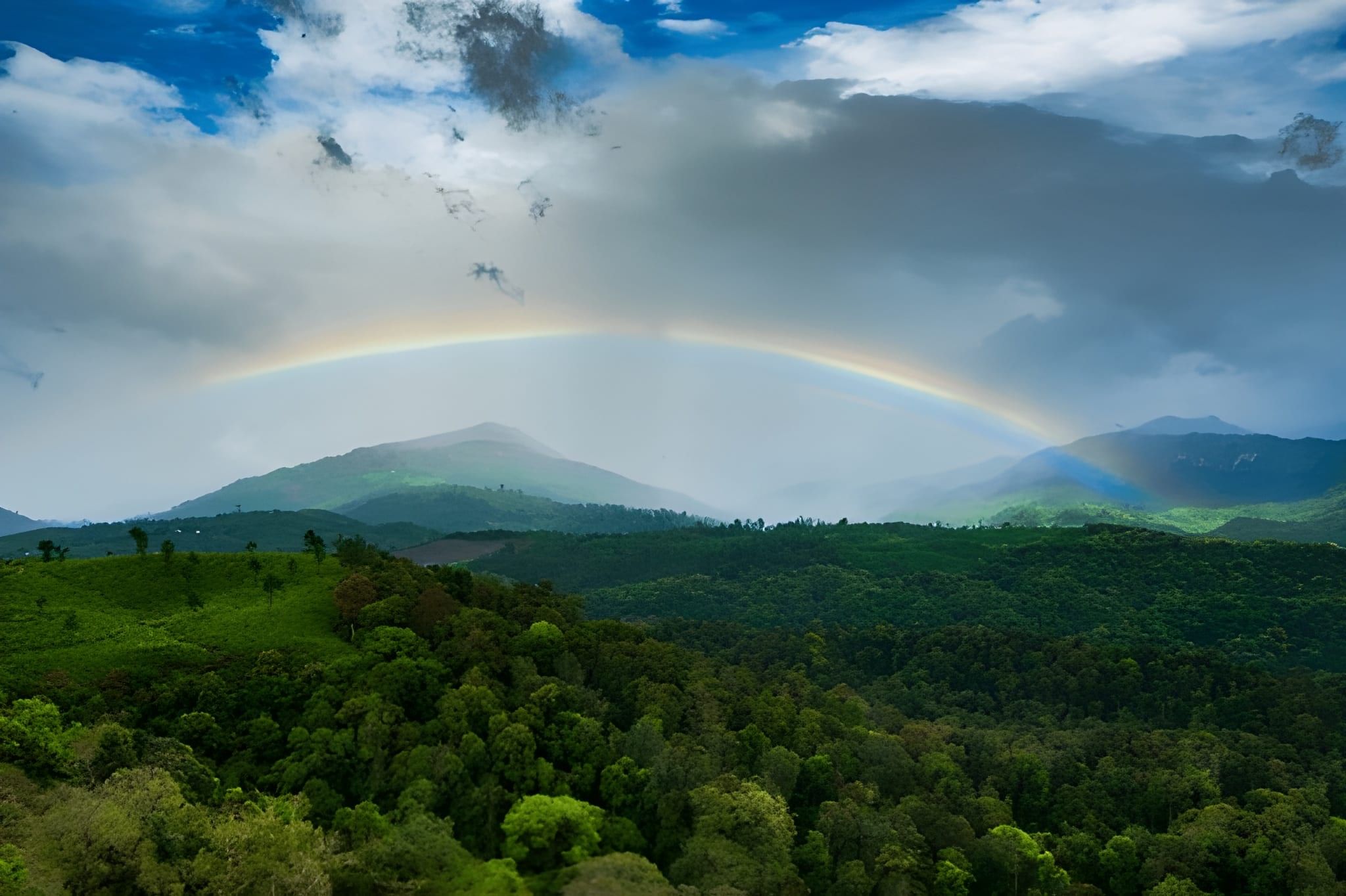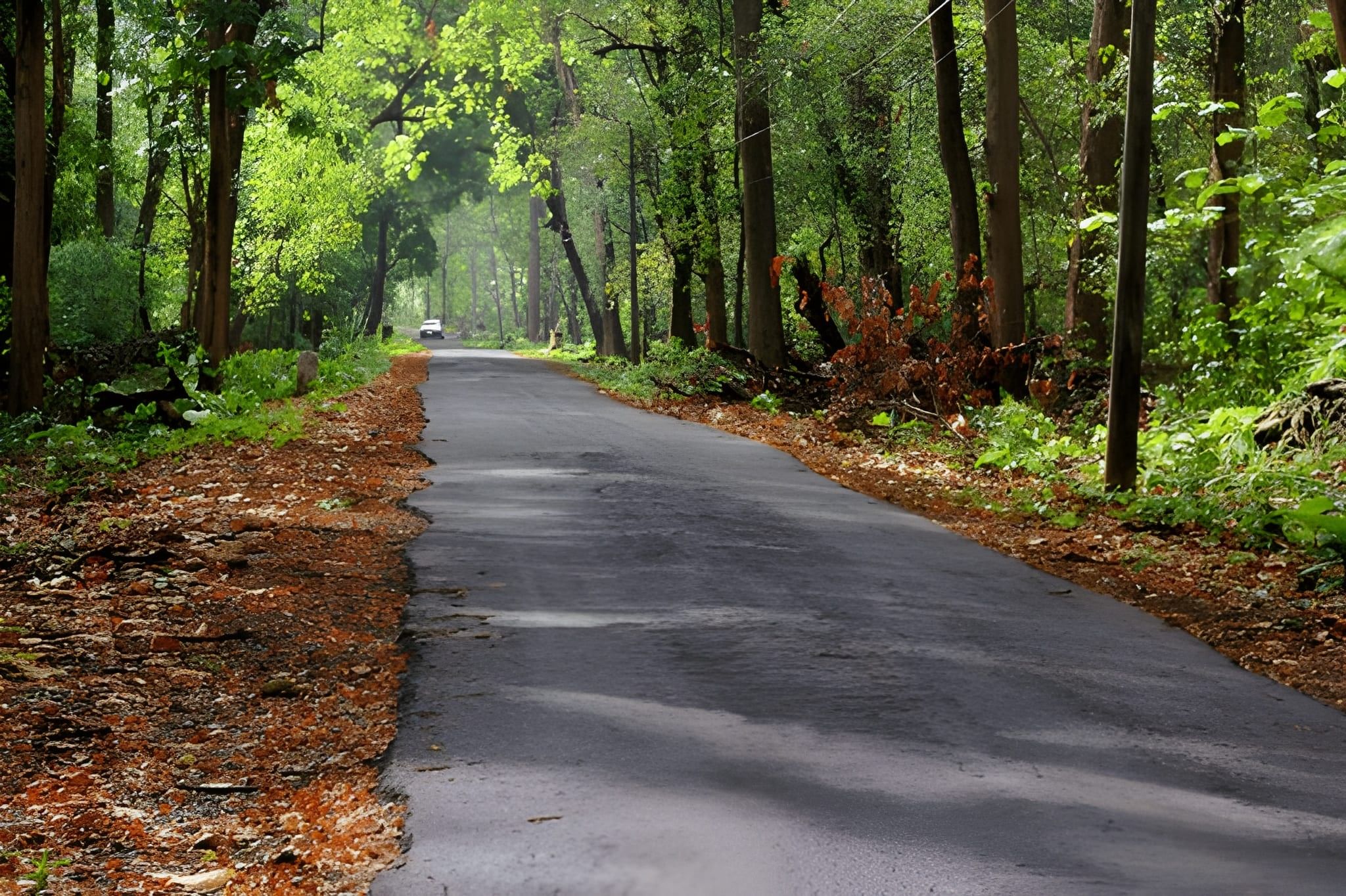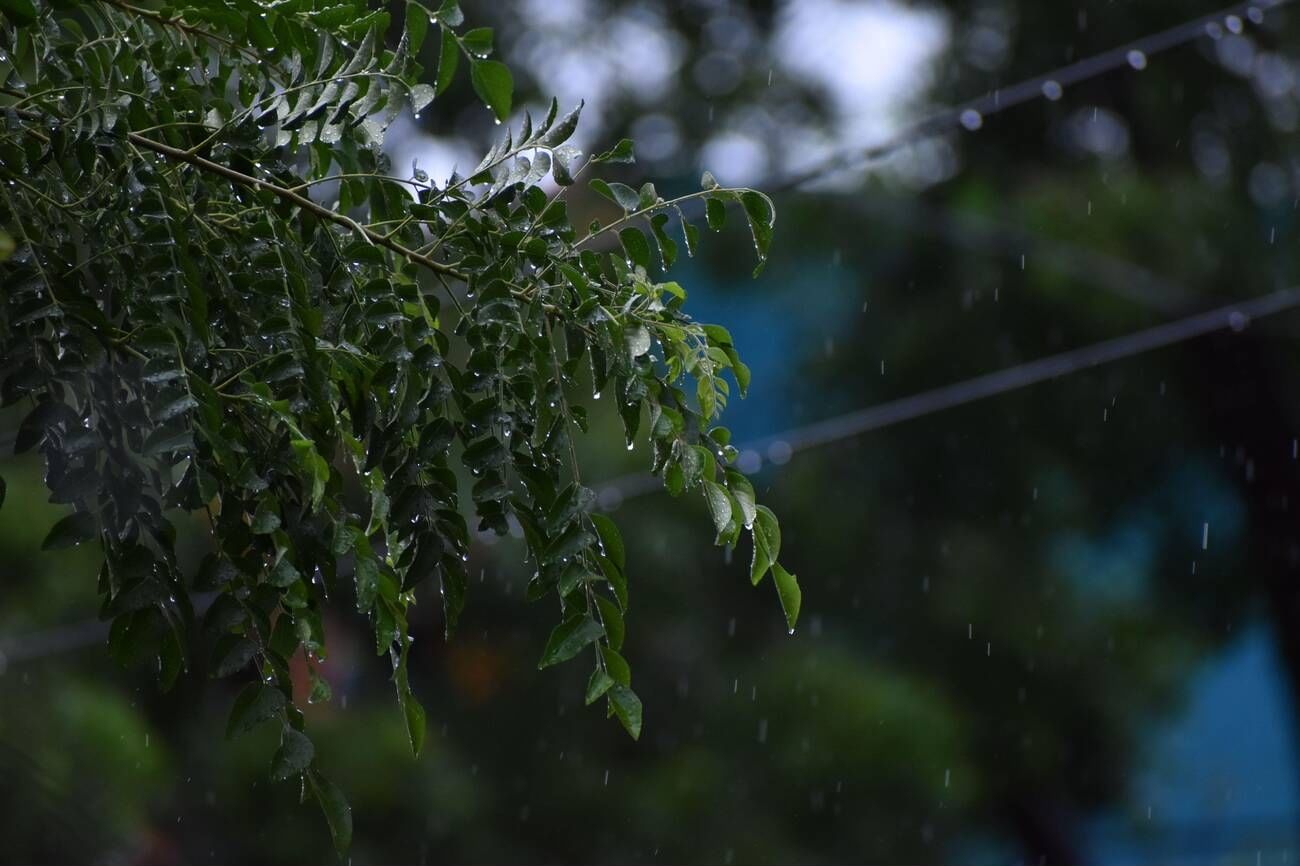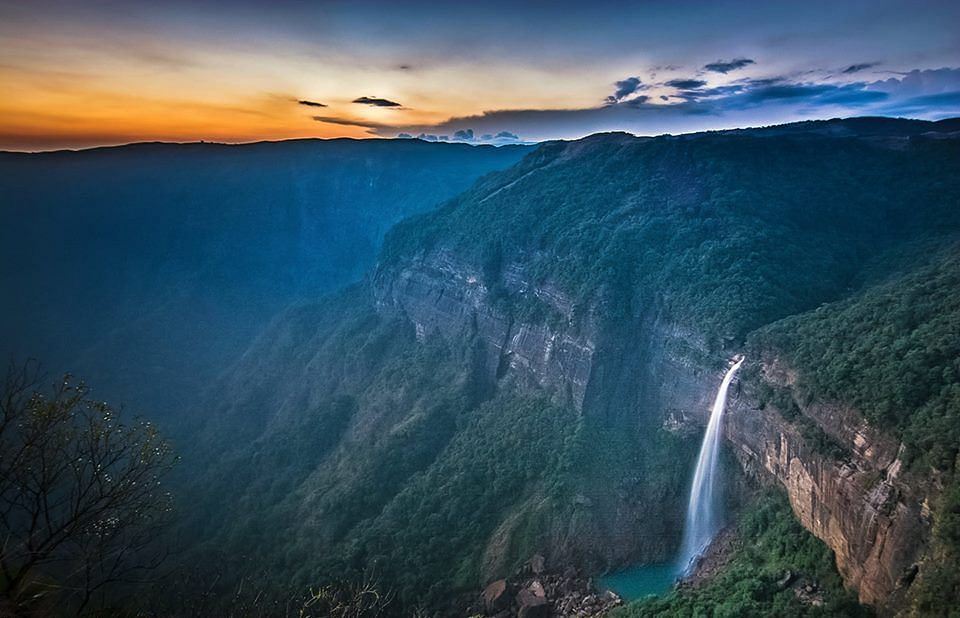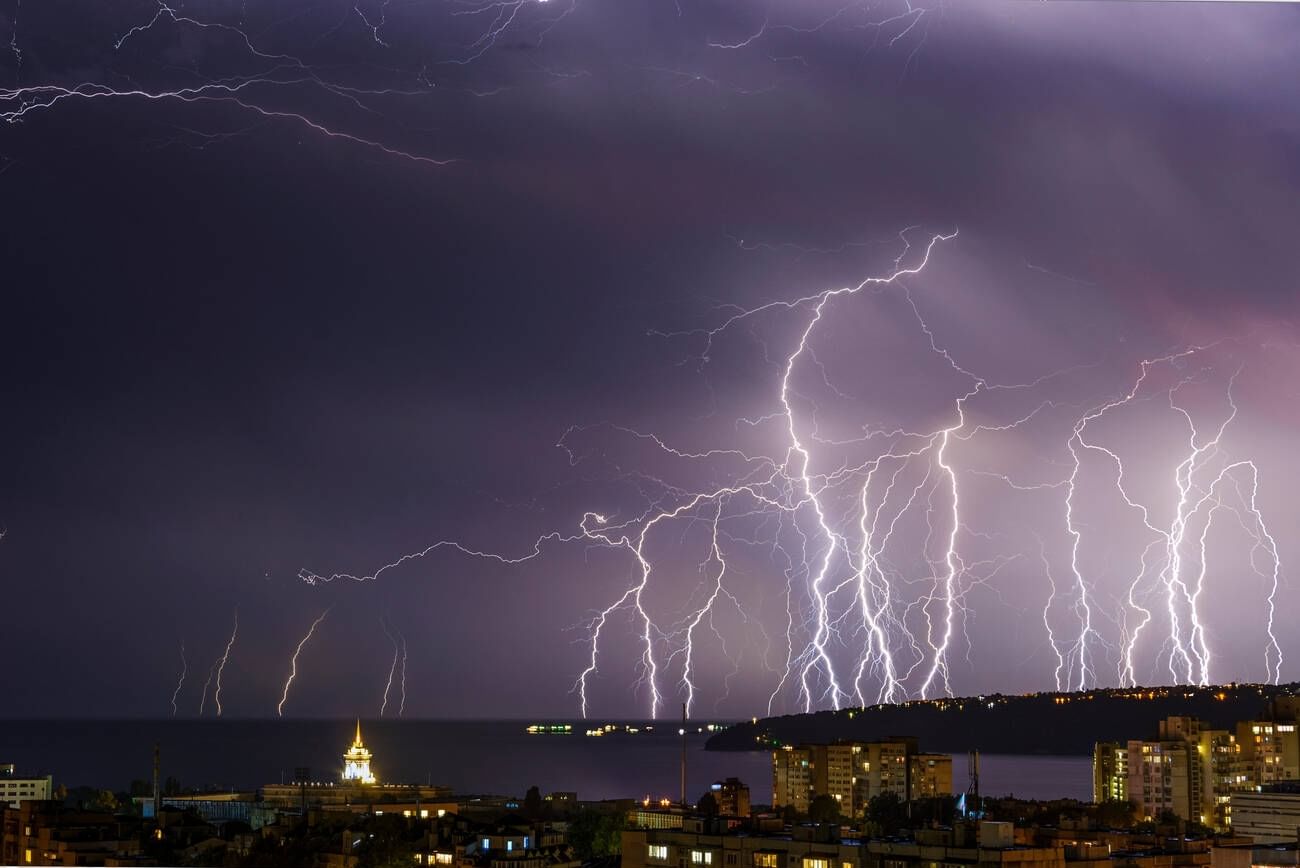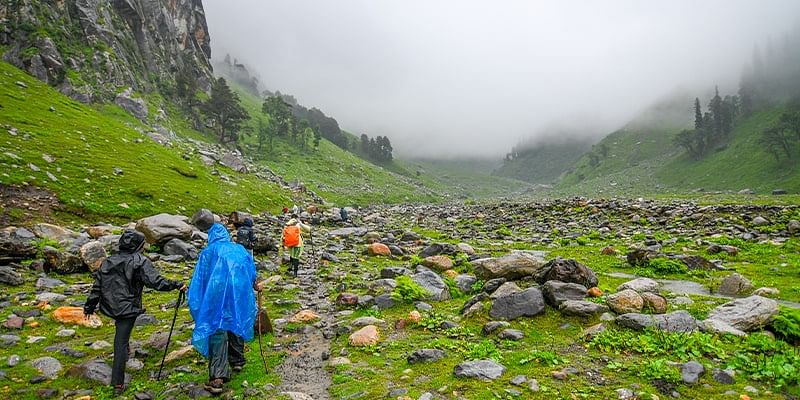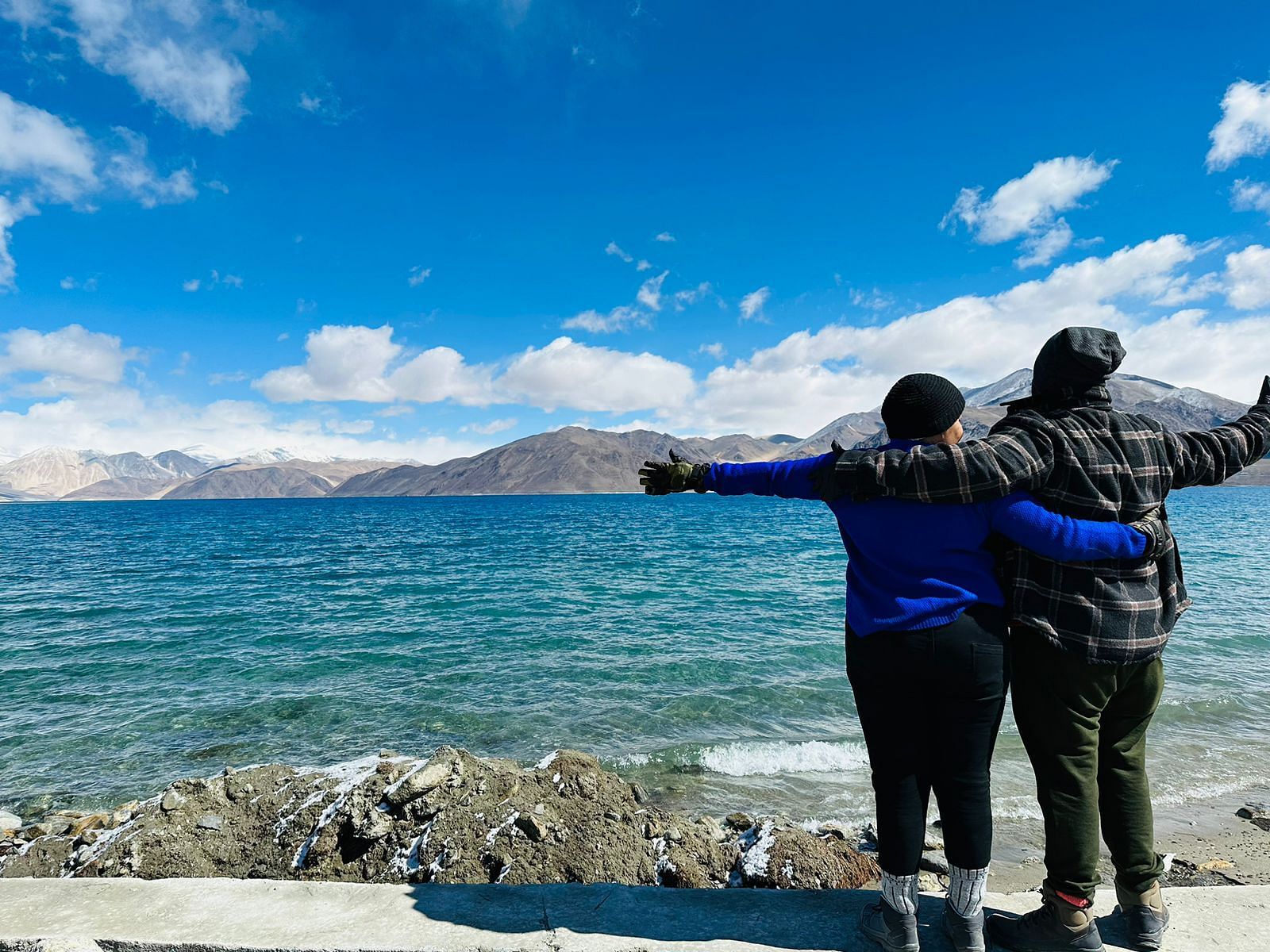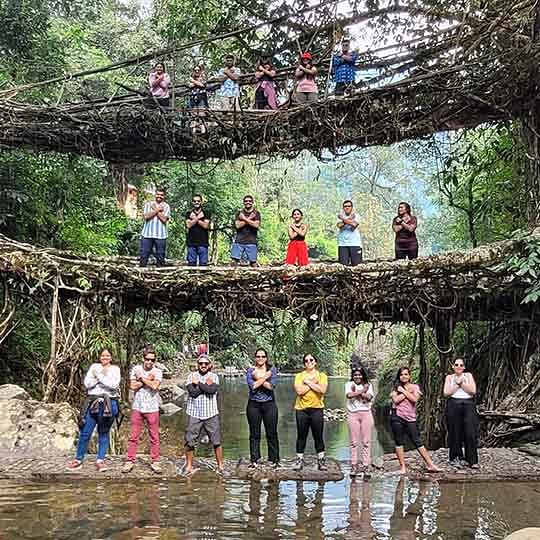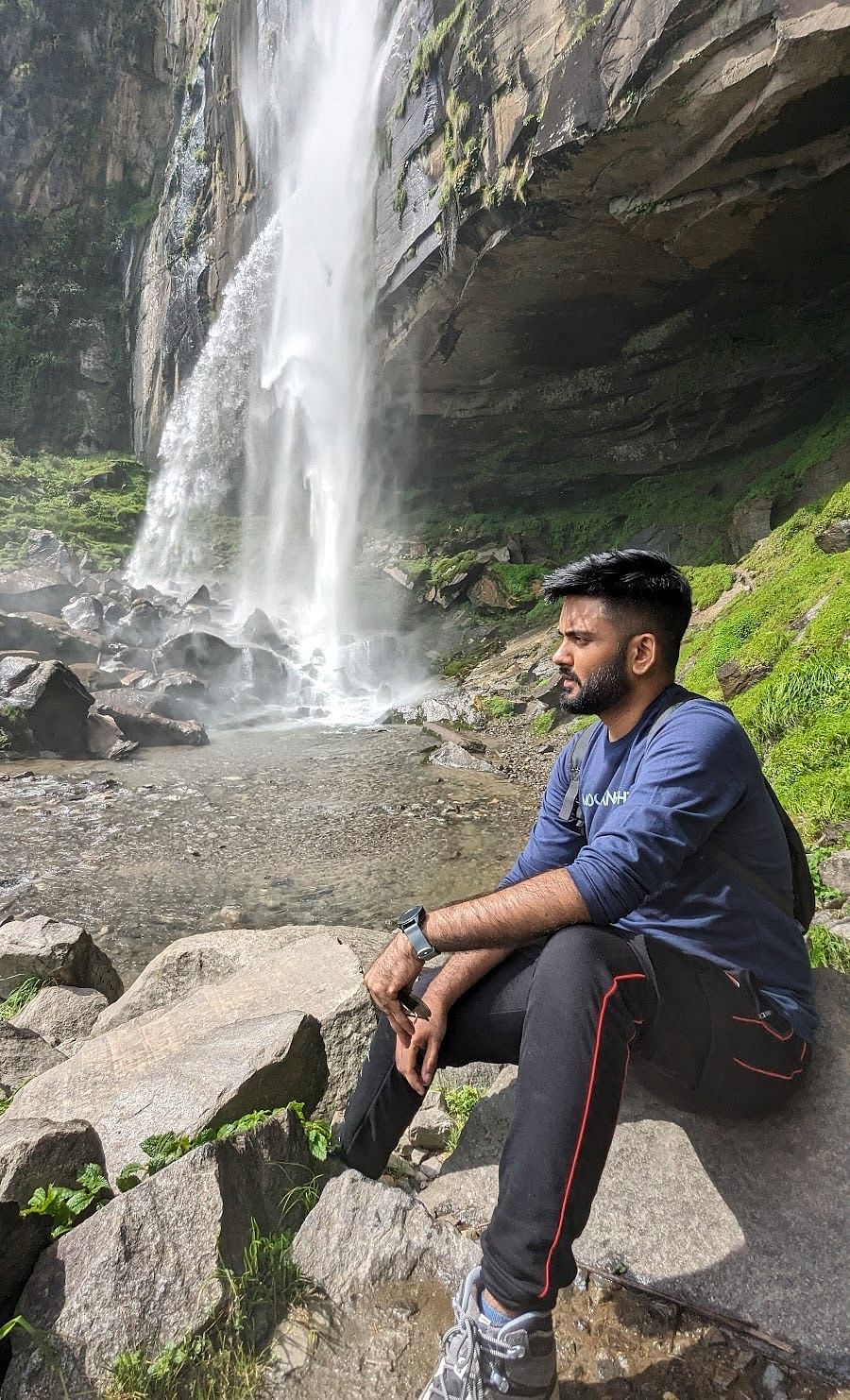If you think it rains a lot where you live, wait till you head out on your India tour and visit Mawsynram or Cherrapunji in Meghalaya, where rain is almost a part of daily life! Here, people don’t check weather apps; they just assume it’s raining. Umbrellas are useless, clouds sit on your balcony, and waterfalls pour from every corner!
India’s geography makes it a rain magnet. The tall mountains, green forests, and sea winds create magic every year, turning hills into misty rainforests. Some of these places receive over 10,000 mm of rainfall annually, that’s more than ten times what many cities get!
So, if you love the sound of rain and the smell of wet earth, you’re in for a treat. Let’s dive in and see which places receive the highest rainfall in India, because here, the monsoon never really ends!
Mawsynram is officially the wettest place in India and even one of the rainiest places in the world! This small village in Meghalaya gets around 11,800 mm of rainfall every year. It rains so often here that locals have special grass-covered roofs to reduce the noise of heavy rain.
The whole village stays wrapped in clouds, and waterfalls gush down from every hill. The air is cool, fresh, and full of mist, making it a dream spot for rain lovers. If you want to see what non-stop monsoon magic feels like, Mawsynram is the place to be, it’s where the most rainfall in India becomes an everyday thing!
2. Cherrapunji (Sohra), Meghalaya
Just a few kilometers from Mawsynram, Cherrapunji (locally called Sohra) was once known as the wettest place in India. It gets around 11,400 mm of rain every year and is famous for its natural beauty. The living root bridges in Meghalaya, built by the Khasi tribes using tree roots, are a must-see!
The constant rain turns every corner green, with misty cliffs and roaring waterfalls like Nohkalikai and Seven Sisters Falls. The people here are used to endless rain, they even say it’s more reliable than sunshine. Cherrapunji in Monsoon truly shows how rain shapes the land and lifestyle in Meghalaya, which is also the highest rainfall state in India.
Known as the “Cherrapunji of the South,” Agumbe in Karnataka’s Western Ghats is a hidden gem that gets around 7,600 mm of rain every year. The dense rainforests here are lush green, full of streams, and alive with the sound of frogs and birds.
It’s one of the most biodiverse regions in India and a paradise for nature lovers. Agumbe is also famous for its King Cobra research center and stunning sunset views. During monsoon, fog covers the hills, waterfalls come alive, and the whole region feels magical.
It’s one of those peaceful, untouched spots that truly show why Karnataka is part of the highest rainfall state in India’s south.
Amboli, located near the Goa border in the Sahyadri Hills, is a quiet and lesser-known hill station in Maharashtra that receives nearly 7,000 mm of rainfall every year. Often called the “Cherrapunji of Maharashtra,” it’s known for its heavy rains, misty charm, and lush forests that thrive year-round.The constant showers nourish dense forests, making it a hotspot for biodiversity, especially amphibians and rare flora.
Waterfalls like Nangarta and Hiranyakeshi are at their peak during monsoon. Despite its heavy rain, Amboli remains less crowded than other hill stations, giving visitors a quiet glimpse into one of the regions with the most rainfall in India.
Suggested Read: 7 Best Places To Visit During Monsoon In India 2023
5. Mahabaleshwar, Maharashtra
Mahabaleshwar, the famous hill station in Maharashtra’s Western Ghats, receives around 5,500 mm of rain every year. The monsoon here turns the plateau into a carpet of green with overflowing waterfalls and misty valleys. Venna Lake, Lingmala Waterfall, and Wilson Point become major attractions during the rains.
It’s the perfect place to enjoy the monsoon with a hot cup of chai and some local strawberries! The town is famous for its strawberry farms that flourish in the moist climate. This steady rainfall makes Mahabaleshwar one of the wettest places in India, especially along the western coast.
6. Pasighat, Arunachal Pradesh
Pasighat, located in the Siang district of Arunachal Pradesh, is among the towns that receive the most rainfall in India, with an annual average of around 4,300 mm. It’s also one of the oldest towns in the state and serves as a gateway to the eastern Himalayas.
The continuous rain feeds the Siang River and keeps the entire region covered in thick greenery. The fertile land supports rich forests and unique wildlife, making it a great destination for eco-travelers and those interested in exploring the natural side of the highest rainfall state in India.
Often called the “Gateway to the High Ranges,” Neriamangalam in Ernakulam district is one of Kerala’s wettest regions, receiving over 4,000 mm of rainfall yearly. The Periyar River flows nearby, and the area’s thick forests and misty valleys create a dramatic monsoon landscape.
The constant rain supports Kerala’s rich greenery and hydropower generation. This small yet scenic town easily ranks among the spots with the highest rainfall in India, making it a favorite for monsoon road trips.
Suggested Read: 10 Best Monsoon Treks In India: Experience The Thrill
Gangtok, the capital of Sikkim, experiences heavy rainfall between May and September, with an average of around 3,500 mm annually. Surrounded by mist-covered hills, waterfalls, and lush tea gardens, the city stays fresh and vibrant during the monsoon.
The rainfall also supports the state’s rich biodiversity, including orchids and red pandas. It’s not just a pretty hill town, it’s part of one of the highest rainfall in India zones, and honestly, it wears that badge with pride.
Valparai is where the rain meets endless tea gardens! Valparai, located in the Anamalai Hills of Tamil Nadu, gets around 3,500 mm of rainfall each year. It’s a peaceful hill station covered with tea estates, tropical forests, and wildlife like elephants and leopards.
The monsoon turns this area into a lush paradise, with rivers and waterfalls flowing at full strength. Valparai’s charm lies in how simple yet breathtakingly alive it feels when the rains arrive.
Suggested Read: 10 Best Monsoon Destinations in Western Ghats
10. Sitarganj, Uttarakhand
Sitarganj, located in the Udham Singh Nagar district, is one of the rainiest areas in Uttarakhand, receiving over 2,500 mm of rainfall every year. The town sits near the foothills of the Himalayas, where moist monsoon winds from the Bay of Bengal hit the mountains and cause heavy rain.
The region’s fertile plains make it perfect for agriculture, especially rice and sugarcane. Its steady rainfall and scenic green surroundings make Sitarganj one of the regions with the highest rainfall in India.
Best Time to Experience the Rainfall at These Places
If you love monsoon vibes but don’t want to get stuck in dangerous floods or landslides, timing is everything! While the peak monsoon months (June to September) bring the heaviest rainfall, some places can get extreme, slippery, or even risky.
For a safer experience, try visiting in August and September, you’ll still enjoy plenty of rain, waterfalls, and greenery, but without the hazards of extreme downpours and floods. If you want to see lush landscapes with minimal rainfall or experience how everything looks right after the rains, October is the perfect month. This way, you get the full monsoon charm while staying safe and enjoying India’s rain-soaked beauty.
So, there you have it, some of the places in India where rain doesn’t just visit, it practically lives! From the misty hills of Meghalaya to the lush Western Ghats and the green valleys of Kerala, each spot has its own charm when the skies open up. If you love the smell of wet earth, roaring waterfalls, and clouds that stick around like old friends, this journey is for you.
And yes, whether it’s Mawsynram or Cherrapunji, don’t forget you’re stepping into the wettest place in India, where nature shows off its full monsoon power. So pack that raincoat, grab your camera, and let the rain-soaked adventure begin, because India’s rainy corners are waiting to surprise you!





